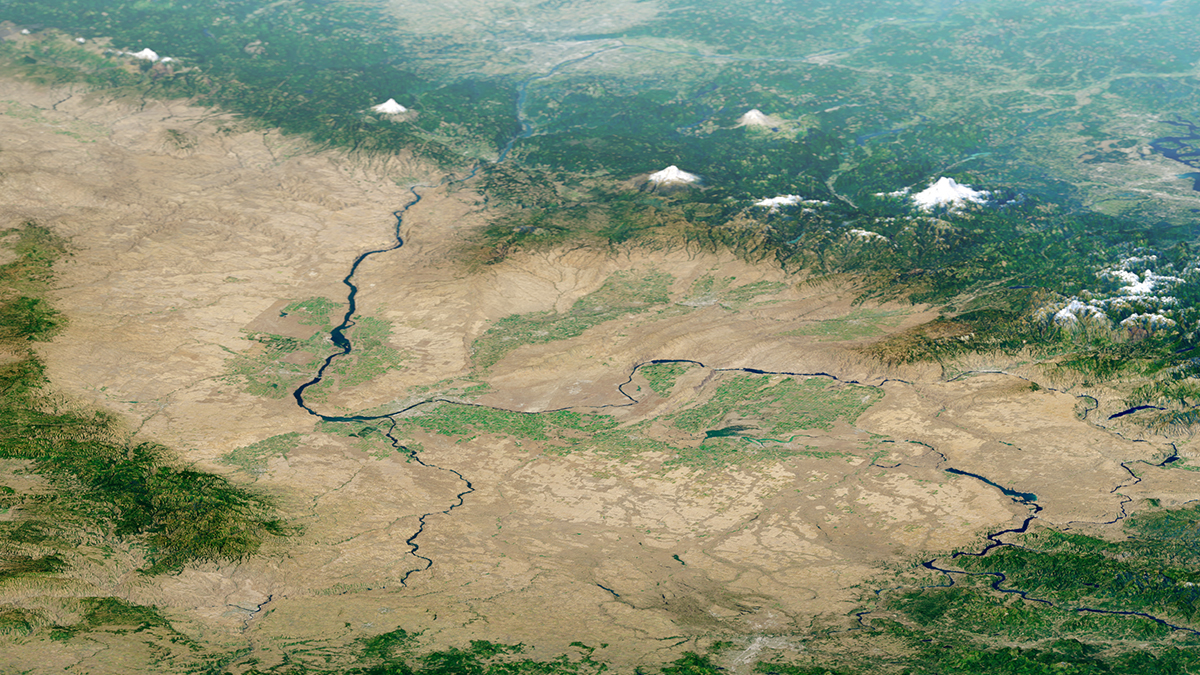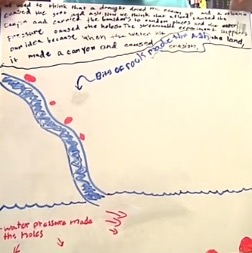How Were the Scablands Formed?
NSTA Playlist
Earth & Space Science Instructional Materials Is Lesson Plan Multilingual Learners NGSS Professional Learning old Three-Dimensional Learning Elementary Grade 4
Sensemaking Checklist




What Are NSTA Playlists?
Playlists are bundles of resources to support contemporary Science/STEM teaching and learning placing equity at the center of instruction. These playlists contain instructional materials and/or assessment tasks for classroom use paired with professional learning resources to support implementation.
Description
This playlist features a fourth-grade Earth science unit and includes all teacher and student materials. In the unit, students answer the following driving question: How was the landscape formed? This playlist includes three resources:
- The unit and all supplementary materials
- A Science and Children article that uses a vignette from the Scablands unit to show science and language instructional shifts in action with an accompanying transcript of the video.
- A classroom video of students enacting the Scablands unit.
Playlist
1 - How Were the Scablands Formed? Grade 4 Earth Science Unit
Students, as scientists, investigate weathering and erosion to answer the following driving question: How were the Scablands formed? Students plan and carry out investigations about weathering and erosion of rocks. Students argue that rocks breaking into smaller pieces is a process called weathering, and moving the broken pieces away (or someplace else) is a process called erosion. Students use a stream table system as a physical model to investigate water moving on land. Students conduct a series of investigations to examine the causes of changes to landforms. They investigate the effects of moving water on land and interpret data that demonstrates how moving water with a greater angle of slope causes more erosion. Then, students investigate the effect of different amounts of water on the landforms. They explain that greater amounts of water cause more significant changes in landforms.

2 - NGSS Science and Language Shifts in a Diverse Fourth-Grade Classroom (Science and Children)
This Science and Children article by Alison Haas, Jennifer Whitten, and Carol Biskupic Knight presents science and language instructional shifts grounded in the Next Generation Science Standards and contemporary thinking in second language acquisition. First, the authors describe science instructional shifts (explaining phenomena or designing solutions to problems, three-dimensional learning, and coherence of student understanding) and language instructional shifts (language use for purposeful communication, meaningful participation of English learners with less-than-perfect English, and use of a range of registers and modalities). Then, using a vignette from fourth-grade students enacting the Scablands unit, the authors illustrate how the science and language instructional shifts support each other for all students, particularly English learners.

3 - Elementary Science at Beaver Acres (Video)
This video depicts a classroom vignette from Beaverton School District in Oregon. Ms. Whitten’s fourth-grade class, a group of linguistically diverse students, eagerly figures out what caused the Scablands, a mysterious, breathtakingly vast, and barren landscape in Washington. The Scablands unit launches with a video about the Scablands, which depicts images of the Washington landscape. Over the course of 2 weeks, students carry out classroom investigations to answer the following driving question: How were the Scablands formed? A transcript of the video is provided.
Acknowledgements
How Were the Scablands Formed? Grade 4 Life Science Unit was developed by:
- Rita Januszyk and Alison Haas (unit writers)
- Jennifer Whitten and the grade 4 students at Beaver Acres Elementary, Beaverton, Oregon


